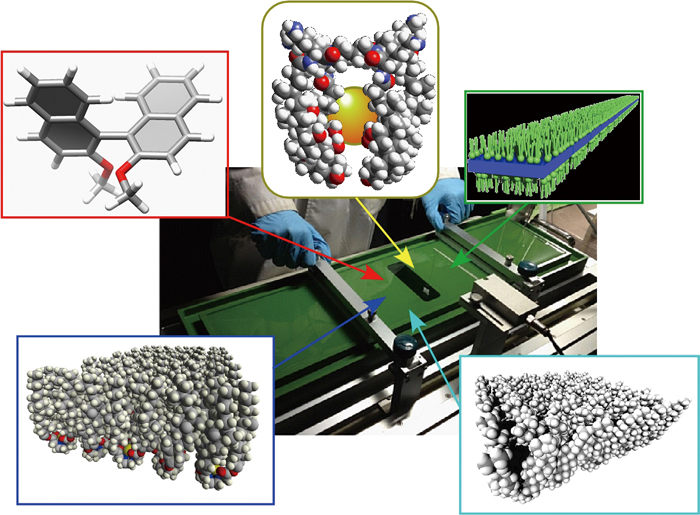Abstract
Architecting well-designed interfacial structures is crucial for fabrication of better bio-related devices such as bio-sensors. A dynamic nature of the interfacial structures with appropriate mechanical properties is advantageous for interactions with bio-related substances. In this short review, a new term, mechano-nanoarchitectonics, has been proposed. This terminology represents nanoarchitectonics methodology for formation of functional structures and regulation of their properties with the aid of mechanical processes. An interfacial two-dimensional environment is an ideal medium to connect macroscopic mechanical actions and nanoscale functions. The review starts with rather traditional topics on how to architect biocomponents at interfaces for bio-reactors and bio-sensors, then covers current active research on mechanical control of bio-functions at dynamic interfaces and emerging topics of mechanical control of DNA origami array and cell differentiation control.


